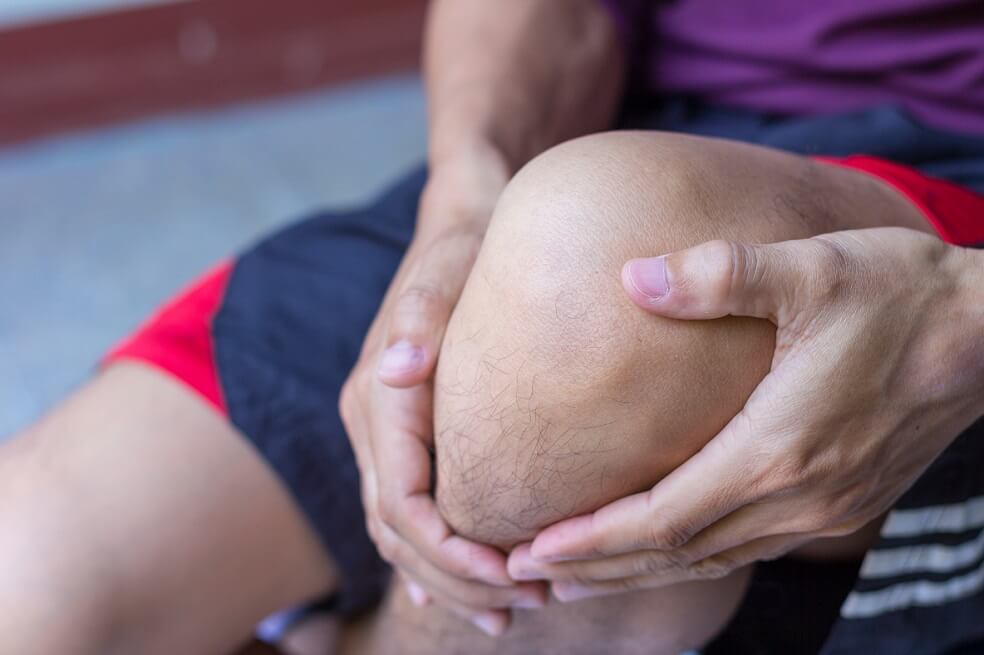We’ve all heard of growing pains, but when your child or teenager complains about having sore knees, feet or hips, it’s worth getting a second opinion.
Although we tend to think of the teenage years as the body’s healthiest time, the reality is that the extreme rate of physical change that the body experiences during adolescence makes it highly vulnerable to sustaining injury. The onset of puberty brings with it a rapid growth of bones, which often lengthen so fast that the surrounding muscles and tendons struggle to develop at the same speed.
Tight, inflexible muscles increase the pulling force on growth plates, layers of cartilage located near the ends of bones, which harden only when a child is fully-grown.
For active teens, exercise can actually increase the likelihood of developing a musculoskeletal injury. Differences in size and strength between the muscle groups when exercising place unusual stress on these vulnerable growth plates, causing a number of key adolescent musculoskeletal conditions.
Commonly found in children between the age of 8 and 14, heel pain is one example of how micro damage to the body’s growth plates occurs from stress or overuse. Also affecting the heel area is Sever’s disease, a condition which occurs when the calf bones grow faster than the calf muscles, stretching the Achilles tendon tight. Linked to periods of growth spurts – boys aged 10 to 12 and girls aged 9 to 11 – the condition results in inflammation and pain, and your child may complain of aching heels, or limp after playing sport.
Another condition that we frequently encounter here at Physio Well-th is Osgood-Schlatter’s disease, an inflammation of the area just below the knee where the patellar tendon, or kneecap, attaches to the tibia, or shinbone. Occurring most often during growth spurts, this condition is exacerbated by sports which involve running and jumping, although less active adolescents also encounter this problem. Children affected may complain of persistent tenderness around the front of the knee after running, jumping or kneeling on the area, and treatment involves rest, ice and targeted stretching.
Hips pose a similar problem area for sporty children and adolescents, whose level of activity places a significant amount of stress on the ball-and-socket joint of the hips. Common complaints include muscle strain, tendonitis, hip pointers, apophyseal injuries, labral tears and snapping hip syndrome. Hip injury can be very debilitating, and symptoms include pain relating to activity, climbing stairs or prolonged period of sitting or standing. While delayed diagnosis makes participation in sport frustrating and painful, there are a range of treatments available to ease discomfort in the hips and promote healthy recovery.
Injuries to the heels, knees and hips are just a sample of the problems which we diagnose every day here at Physio Well-th. We have successfully helped many paediatric patients in the past, so contact us if you are concerned about your child’s sporting injury or ongoing physical complaint. Don’t let your child’s pain get in the way of their participation in sport: call us today on 03 9364 1000 to book a full assessment of their options for a speedy recovery.
The team at Physio Well-th

